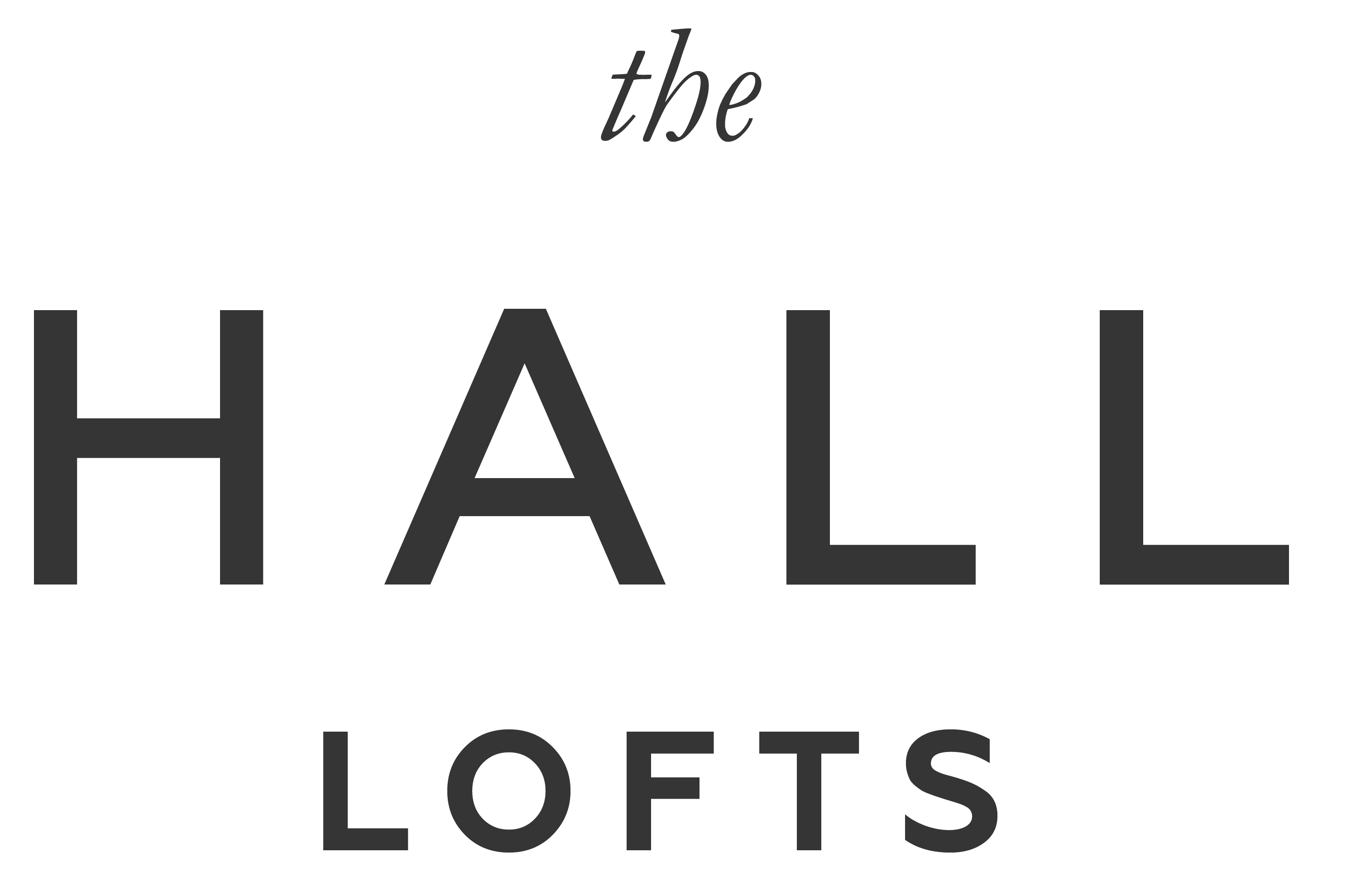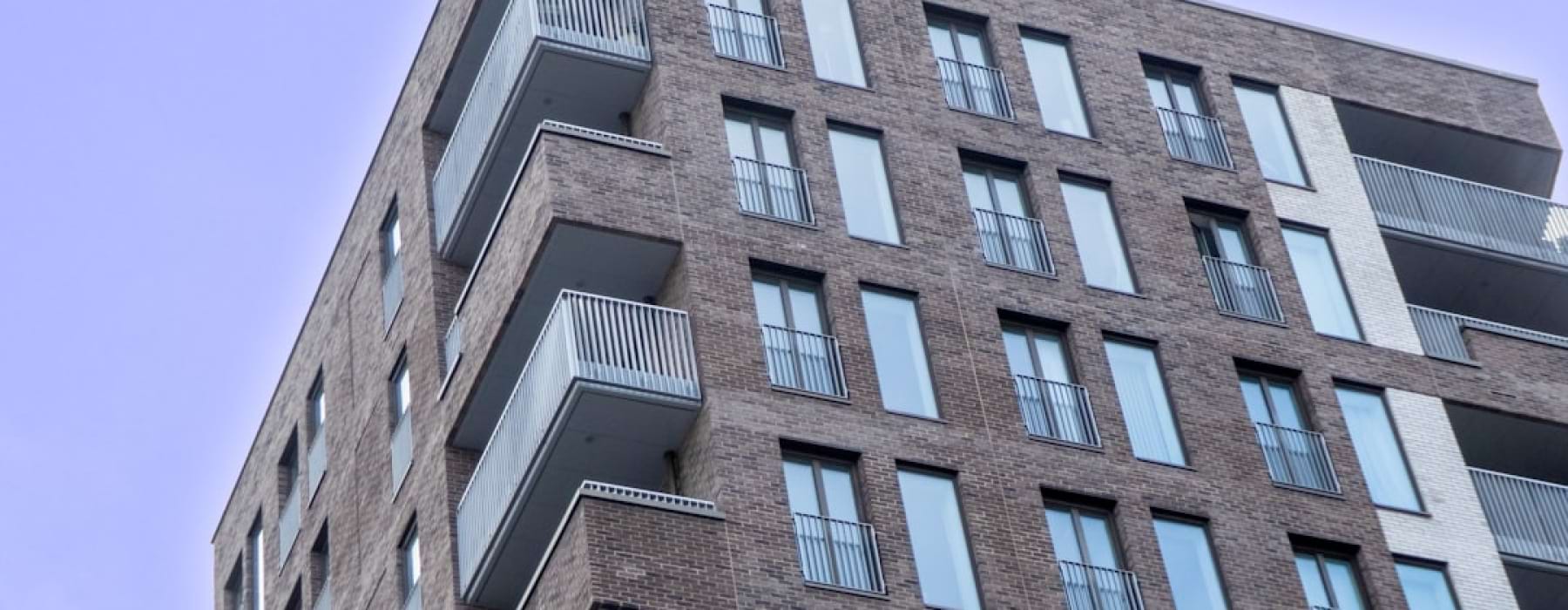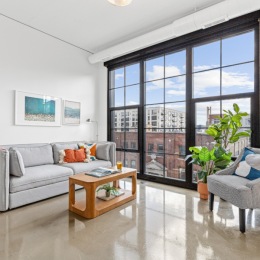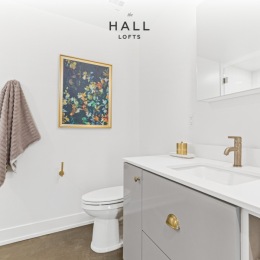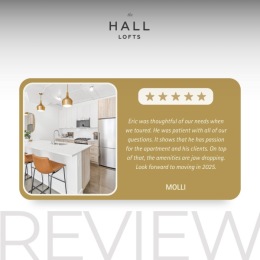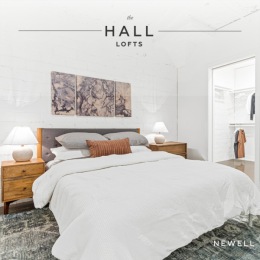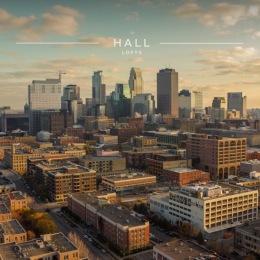Find Your Perfect Loft: What to Know About Loft Apartments Minneapolis For Sale
loft apartments minneapolis for sale are in high demand with urban professionals seeking a blend of historic character and modern living. For anyone searching for a unique home with open layouts, high ceilings, and a vibrant city lifestyle, Minneapolis loft apartments deliver a compelling option.
Quick Answers for "loft apartments minneapolis for sale":
- What they are: Open-plan homes with industrial details like exposed brick, timber, and tall ceilings, often in converted warehouses.
- Where to find them: Top neighborhoods include North Loop, Downtown East, Northeast, and Uptown—each known for walkable access to dining, culture, and nightlife.
- Popular buildings: The Sexton Lofts, Rock Island Lofts, International Market Square Lofts, 5th Ave Lofts, and American Trio Lofts offer standout features and amenities.
- Amenities to expect: Fitness centers, rooftop lounges, secure parking, pet-friendly policies, and reliable internet are common.
- Why choose a loft: Enjoy flexible layouts, abundant natural light, a creative vibe, and proximity to downtown.
Minneapolis lofts are more than a place to live—they offer an unbeatable lifestyle, blending the best of city life with timeless architecture.
"North Loop was formerly known as the Warehouse District and has been transformed into one of Minneapolis' trendiest neighborhoods."
Explore the guide below for a closer look at the unique style, investment potential, and step-by-step process to find your next loft home in Minneapolis.
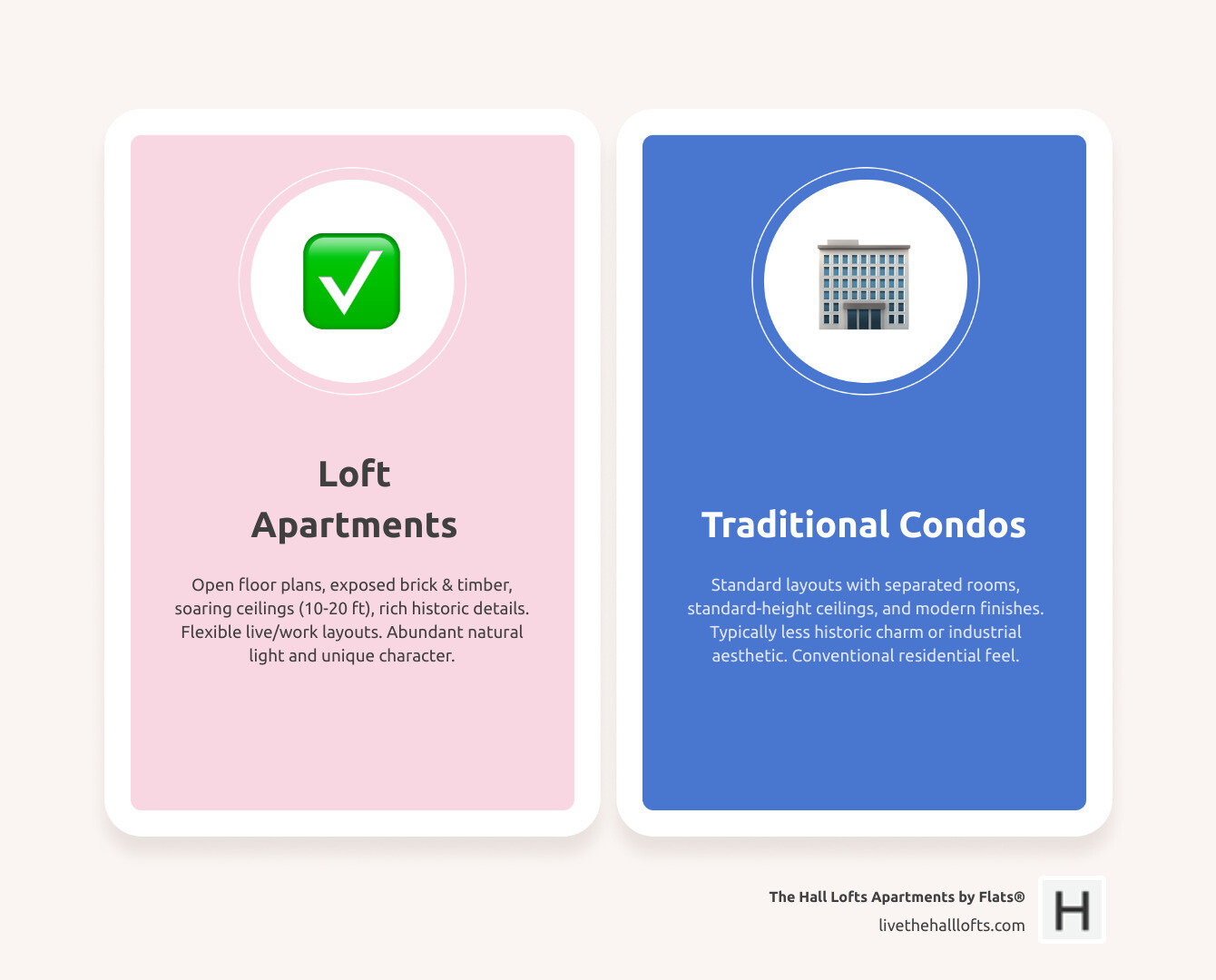
What Makes Minneapolis Lofts Unique
Minneapolis lofts stand out for their distinctive industrial aesthetic that preserves the city's manufacturing heritage while delivering modern comfort. These converted warehouse spaces showcase original architectural elements that simply can't be replicated in new construction.
The defining characteristics include soaring high ceilings that typically range from 10 to 20 feet, creating an airy, spacious feel that makes even compact units feel expansive. Exposed brick walls tell the story of Minneapolis' industrial past, while original timber beams add warmth and character to the open floor plans.
Large windows are another hallmark feature, originally designed to bring natural light into factory floors. Today, these oversized windows flood living spaces with light throughout the day and often provide stunning views of the Mississippi River or downtown skyline.
The adaptive reuse of these historic buildings represents Minneapolis' commitment to preserving architectural heritage while meeting modern housing needs. Many loft buildings were originally textile factories, grain mills, or manufacturing facilities that have been thoughtfully converted into residential spaces.
What makes these spaces particularly appealing is their live-work flexibility. The open layouts allow residents to easily create distinct zones for sleeping, working, entertaining, and relaxing without the constraints of traditional room divisions. This flexibility has made lofts especially popular with remote workers and creative professionals.
More info about Warehouse Loft Style Apartments
Benefits of Loft Living in the Mill City
Living in a Minneapolis loft offers unique advantages that extend far beyond the architectural appeal. The abundance of natural light from those signature large windows creates a bright, energizing living environment that many find boosts mood and productivity throughout the year.
The walkability factor cannot be overstated. Most loft buildings are strategically located in neighborhoods with Walk Scores of 80 or higher, meaning daily errands can be accomplished on foot. The North Loop, for example, boasts a Walk Score of 89, making it exceptionally pedestrian-friendly.
Minneapolis' vibrant arts and culture scene surrounds many loft buildings. The Northeast neighborhood, known as the city's arts district, offers lofts in converted factories alongside galleries, studios, and creative spaces. This proximity to cultural amenities creates an inspiring living environment for residents.
Transit access is another significant benefit. Many loft buildings are located near light rail stations, bus rapid transit lines, and bike trails, making commuting throughout the Twin Cities convenient without a car. The Cedar Lake Trail and other bike-friendly routes connect loft neighborhoods to downtown and beyond.
From an investment perspective, Minneapolis lofts have shown solid appreciation potential. The limited supply of authentic warehouse conversions, combined with steady demand from urban professionals, has contributed to stable property values in desirable neighborhoods.

Best Neighborhoods & Iconic Buildings for Loft Living
The North Loop stands as Minneapolis' premier loft destination, transformed from its former identity as the Warehouse District into one of the city's most desirable neighborhoods. This area offers the highest concentration of authentic warehouse conversions, with cobblestone streets that maintain the historic character while providing modern urban amenities.
Downtown East provides convenient access to major attractions like U.S. Bank Stadium and the Mississippi River. Loft residents here enjoy proximity to entertainment venues, restaurants, and cultural attractions while maintaining the industrial aesthetic that defines loft living.
Northeast Minneapolis has earned recognition as the city's arts district, where converted factory buildings house both residential lofts and artist studios. This neighborhood offers a raw, authentic aesthetic that appeals to creative professionals and those seeking a more artistic community feel.
Uptown strikes a balance between city living and access to nature, with loft buildings offering both urban convenience and proximity to the Chain of Lakes. This neighborhood appeals to residents who want loft living with easier access to outdoor recreation.
The Warehouse District encompasses much of the historic industrial area along the Mississippi River, where many of the city's most significant loft conversions have taken place. This area offers the most authentic warehouse loft experience with buildings that showcase the full scope of Minneapolis' industrial heritage.
Mississippi riverfront locations provide some of the most desirable loft living opportunities, with many buildings offering direct river views and access to parkland and trails along the water.
Head-Turners: Rock Island, Sexton, IMS, 5th Ave, American Trio
Rock Island Lofts in the North Loop represent the gold standard for new construction that maintains warehouse district character. Built in 2004, this 63-unit building successfully combines the look of historic warehouse architecture with modern amenities and construction quality. Units range from 1,350 to 3,770 square feet with 10-foot ceilings and concrete columns that create authentic industrial appeal.
The Sexton Lofts downtown offers one of the most accessible entry points into Minneapolis loft living. This seven-story building contains 123 condo units ranging from 760 to 2,200 square feet, featuring 12-20 foot vaulted ceilings. The building combines six floors of converted brick loft space with one floor of new construction penthouses, providing options for different lifestyle preferences.
International Market Square Lofts occupy the former Munsingwear Clothing factory from 1905, representing a true historic conversion. With 96 units across 10 floors, this building offers authentic loft living with exposed brick walls and original wood floors. The mixed-use nature of the building, which includes retail showrooms, creates a unique live-work environment.
5th Ave Lofts and American Trio Lofts round out the notable buildings, each offering distinct character and amenities that appeal to different segments of the loft market. These buildings often feature artist studios, rooftop decks, and community amenities like dog parks that improve the urban living experience.
Many of these buildings have garnered attention from real estate professionals and loft enthusiasts, with some gaining social media followings that highlight their unique features and community atmosphere.
Follow @mikeseebinger The Sexton Lofts
Amenities Checklist Across Buildings
Modern loft buildings in Minneapolis typically offer comprehensive amenity packages that improve urban living. Secure parking garages are standard in most buildings, protecting vehicles from Minnesota winters while providing convenient access. Some buildings offer different parking options, from heated underground spaces to open-air indoor parking, with varying monthly fees.
Fitness centers have become essential amenities, allowing residents to maintain active lifestyles without leaving the building. These facilities often include cardio equipment, weight training areas, and sometimes specialized spaces like yoga studios or group fitness rooms.
Rooftop lounges and outdoor spaces capitalize on Minneapolis' beautiful summers, providing communal areas for relaxation and socializing. These spaces often feature fire pits, grilling stations, and panoramic city views that make them popular gathering spots for residents.
High-speed fiber internet is increasingly standard, supporting the work-from-home lifestyle that many loft residents accept. This infrastructure is particularly important in converted buildings where retrofitting modern technology can be challenging.
Pet-friendly policies are common across most loft buildings, recognizing that many urban professionals have companion animals. Buildings typically accommodate pets with designated areas, grooming stations, and nearby dog parks or green spaces.
Bike storage addresses the transportation needs of environmentally conscious residents, with secure areas for storing bicycles and sometimes bike maintenance facilities. Given Minneapolis' extensive bike trail network, this amenity supports car-free living.
Guest suites and community rooms provide additional space for entertaining and hosting visitors, particularly valuable in urban environments where individual units may prioritize open living areas over dedicated guest rooms.

loft apartments minneapolis for sale: Market Stats & Investment Snapshot
The Minneapolis loft market demonstrates strong fundamentals with current data showing an average list price of $379,900 and a median listing price of $415,000 in the Warehouse District. These figures reflect the premium that buyers place on authentic loft living in desirable urban locations.
The average price per square foot of $310.52 provides a useful benchmark for comparing properties across different buildings and neighborhoods. This metric helps buyers understand value relative to space, particularly important in loft shopping where unit sizes can vary dramatically.
Market velocity shows lofts typically spend 60 days on the market, with some areas like the Warehouse District seeing an average of 68 days. This timeline gives buyers reasonable opportunity to consider options while indicating steady demand that prevents properties from languishing unsold.
HOA fees average around $465 monthly for North Loop properties, typically covering heating, internet, parking, maintenance, and professional building management. These fees reflect the comprehensive services required to maintain historic buildings and provide urban amenities.
The rental market for loft apartments remains strong, with two-bedroom units averaging $2,160 per month and one-bedroom units at $1,576. This rental demand provides a solid foundation for investment potential and indicates continued interest in loft living.
Recent sales data from buildings like Riverwalk Lofts show one-bedroom units selling between $225,000 and $385,000, demonstrating the range of options available at different price points within the same building.
Latest research on Minneapolis inventory
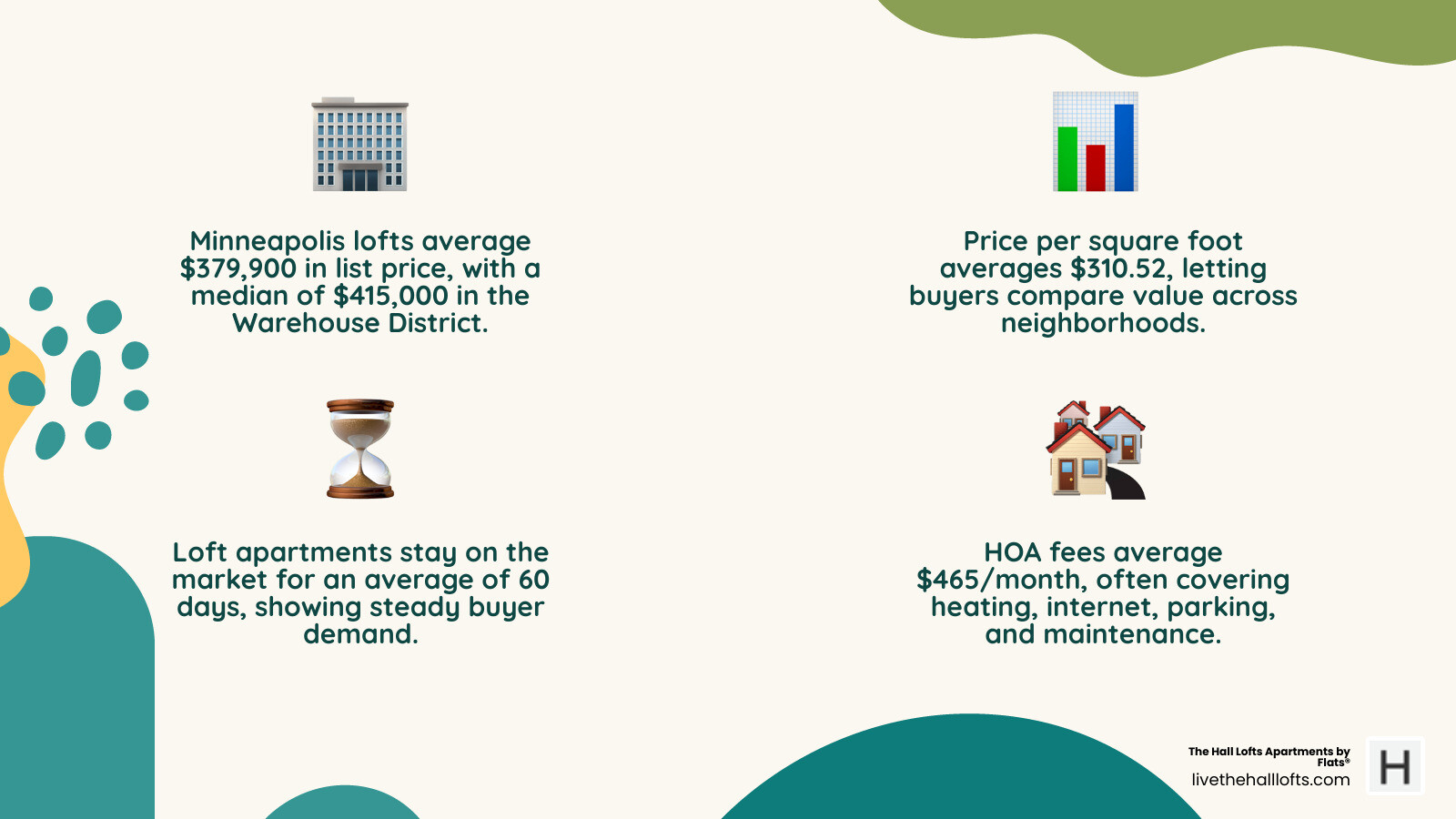
Current Listings: loft apartments minneapolis for sale by Price Band
The Minneapolis loft market offers options across multiple price segments, making this lifestyle accessible to various buyer profiles. Entry-level opportunities under $300,000 can be found primarily in buildings like The Sexton Lofts, where one-bedroom units may be available under $150,000 and two-bedroom units under $200,000.
The $300,000 to $600,000 range represents the core of the Minneapolis loft market, particularly in the North Loop where most properties fall within this band. This segment offers the best selection of authentic warehouse conversions with modern amenities and desirable locations.
The $600,000 to $1,000,000 category includes larger units, premium locations, and buildings with extensive amenity packages. These properties often feature river views, penthouse-level finishes, or exceptionally large floor plans that command premium pricing.
Luxury lofts over $1,000,000 represent the pinnacle of Minneapolis loft living, with some properties at International Market Square reaching $1,200,000 and exceptional units in premium buildings commanding even higher prices. These properties typically offer expansive layouts, high-end finishes, and prime locations.
The pricing per square foot varies significantly based on building age, amenities, and location, with newer construction and premium locations commanding higher per-square-foot rates while older conversions may offer more space for the investment.
Sign-Up Alerts for loft apartments minneapolis for sale
Given the specialized nature of the loft market and the limited inventory of authentic warehouse conversions, setting up automated alerts becomes crucial for serious buyers. Most real estate platforms offer email notifications that can be customized to specific criteria including price range, neighborhood, and building type.
Saved searches allow buyers to quickly review new listings that match their criteria without manually searching multiple platforms. These tools become particularly valuable in competitive markets where desirable properties may receive multiple offers quickly.
Push alerts provide immediate notification when new listings hit the market, giving buyers the earliest possible awareness of new opportunities. This speed can be crucial in competitive segments where the best units may receive offers within days of listing.
Working with agents who specialize in Minneapolis lofts can provide access to pocket listings and off-market opportunities that never reach public listing platforms. These relationships often prove valuable for finding unique properties or getting early access to upcoming listings.
More info about Downtown Minneapolis Lofts
How to Buy a Loft in Minneapolis: Step-By-Step Guide
The loft buying process begins with mortgage pre-approval, which establishes a realistic budget and demonstrates seriousness to sellers. Loft financing can sometimes involve unique considerations, particularly for buildings with commercial space or unusual building configurations, making early lender consultation valuable.
Neighborhood touring should be comprehensive, visiting different areas at various times of day to understand the character, noise levels, and daily rhythms of each location. The North Loop weekend nightlife scene, for example, creates a different atmosphere than weekday business hours.
Building due diligence involves researching the property's conversion history, reviewing HOA financial statements, and understanding any pending assessments or major maintenance projects. Historic buildings may have unique maintenance requirements that impact long-term ownership costs.
Offer strategy in the Minneapolis loft market requires understanding current competition levels and typical terms. Some buildings or price segments may be more competitive than others, influencing offer timing and terms.
The inspection process for loft properties should include particular attention to mechanical systems, soundproofing between units, and any unique features of warehouse conversions such as original windows or exposed structural elements.
HOA review becomes particularly important in loft buildings where shared systems and common areas require ongoing maintenance. Understanding what services are included and the financial health of the association protects the investment long-term.
Closing costs typically range from 2-5% of the purchase price, including title insurance, attorney fees, and various municipal fees. Loft buyers should budget for these expenses in addition to the down payment and any immediate renovation costs.
Budgeting Beyond the Purchase Price
HOA fees represent a significant ongoing expense that varies considerably between buildings based on amenities and services included. These fees typically cover building exterior maintenance, shared utilities, insurance, and amenities like fitness centers or rooftop spaces.
Parking contracts may be required in buildings without sufficient spaces for all residents. Monthly parking fees can range from $25 for city street permits to $80 for heated underground garage spaces, representing a substantial annual expense.
Renovation costs should be anticipated, particularly in older warehouse conversions where buyers may want to update kitchens, bathrooms, or create more defined living spaces within the open floor plan. The industrial aesthetic may require specialized materials or contractors familiar with exposed brick and timber work.
Insurance for loft properties may cost more than traditional condos due to the age of buildings, exposed materials, or unique architectural features. Obtaining quotes early in the process helps establish accurate ownership costs.
Property taxes vary by location and assessed value, with some neighborhoods seeing appreciation that impacts annual tax bills. Understanding the assessment history and potential for future increases helps establish long-term budgets.
Utilities in loft spaces can be higher than traditional apartments due to high ceilings and large windows, though many buildings include heating in HOA fees. The open floor plans may require creative solutions for heating and cooling efficiency.
Touring Tips & Red-Flag Checks
Soundproofing assessment should be a priority during loft tours, as converted warehouse buildings may have varying levels of noise control between units. Testing during different times of day and asking about neighboring unit activities provides insight into daily living conditions.
Natural light orientation affects the living experience significantly in loft spaces where large windows are a key feature. Understanding how sunlight moves through the space throughout the day helps evaluate whether the unit will provide the bright, airy feel that makes loft living appealing.
Mechanical systems age and condition require attention in historic buildings where original infrastructure may have been updated multiple times. Understanding the age and condition of HVAC, plumbing, and electrical systems helps anticipate future maintenance needs.
Layout flexibility should be evaluated based on individual lifestyle needs. While open floor plans offer adaptability, consider how the space will function for sleeping, working, and entertaining, and whether the layout supports the desired lifestyle.
Building maintenance standards become apparent through common area condition, exterior upkeep, and overall building management. Well-maintained buildings typically indicate strong HOA management and adequate reserves for ongoing maintenance.
Storage availability varies significantly between loft buildings, with some offering minimal closet space due to the open design aesthetic. Understanding storage options and potential solutions helps ensure the space meets practical living needs.

Frequently Asked Questions about Minneapolis Lofts
What do typical HOA fees cover?
Minneapolis loft HOA fees typically include comprehensive building maintenance, covering exterior upkeep, common area maintenance, and shared utilities. Most fees include heating, which is particularly valuable during Minnesota winters, along with water, trash removal, and snow removal services.
Professional building management is standard, providing on-site or responsive maintenance services, package handling, and building security. Many buildings include high-speed internet in the HOA fee, recognizing the importance of connectivity for urban professionals.
Amenity maintenance covers fitness centers, rooftop lounges, community rooms, and any specialized facilities like bike storage or pet grooming stations. The fee structure also typically includes building insurance, though individual unit insurance remains the owner's responsibility.
Parking is often included in HOA fees, though some buildings charge separately for premium spaces like heated underground parking. Understanding exactly what parking is included helps evaluate the total value of the fee structure.
How competitive is the rental market for loft units?
The Minneapolis loft rental market remains strong with average rents of $2,160 for two-bedroom units and $1,576 for one-bedroom units. This demand reflects the appeal of loft living among urban professionals and the limited supply of authentic warehouse conversions.
Rental demand supports investment potential for loft owners, with many buildings maintaining high occupancy rates. The unique character of loft spaces often commands premium rents compared to traditional apartments in similar locations.
Seasonal variations affect rental demand, with peak leasing typically occurring during spring and summer months when the urban lifestyle and outdoor amenities become most appealing. Winter months may see softer demand but also less competition from other rental options.
The work-from-home trend has increased demand for loft spaces that offer flexible layouts suitable for home offices, making these properties particularly attractive to remote workers who value the live-work flexibility that lofts provide.
Are pets and parking usually allowed in historic loft buildings?
Most Minneapolis loft buildings are pet-friendly, recognizing that urban professionals often have companion animals. Buildings typically allow pets with some limitations, commonly restricting the number to two pets per unit and requiring approval for certain breeds or sizes.
Pet amenities vary by building, with some offering dedicated grooming stations, nearby dog parks, or designated pet areas. The urban location of most loft buildings provides access to parks and walking areas that support pet ownership.
Parking availability varies significantly between buildings, with some offering underground heated parking, others providing open-air covered parking, and some requiring separate parking contracts with neighboring buildings. The North Loop and downtown locations often provide multiple parking options at different price points.
Street parking is available in most loft neighborhoods, though winter parking restrictions and limited availability make building parking more convenient. Many residents appreciate the car-optional lifestyle that walkable loft neighborhoods support.
Conclusion & Next Steps
Minneapolis loft living represents a unique opportunity to accept historic charm while enjoying modern urban convenience. The conversion of the city's industrial buildings into residential spaces has created a distinctive housing option that combines architectural character with contemporary amenities.
The Hall Lofts by Flats exemplifies this perfect blend, offering renovated warehouse apartments in Minneapolis' North Loop that maintain historical charm while providing contemporary design and amenities like in-unit laundry and pet-friendly spaces. This approach to loft living demonstrates how historic buildings can be thoughtfully adapted for modern lifestyles.
The market fundamentals support loft living as both a lifestyle choice and investment opportunity. With limited supply of authentic warehouse conversions and steady demand from urban professionals, Minneapolis lofts offer a compelling option for those seeking distinctive urban living.
For those ready to explore loft apartments minneapolis for sale, the next steps involve connecting with professionals who understand this specialized market segment. Scheduling tours of different buildings and neighborhoods provides experience of how loft living might fit individual lifestyle needs.
Market reports and ongoing research help buyers stay informed about new listings, price trends, and development activity that might impact future opportunities. The Minneapolis loft market continues to evolve as more buildings undergo conversion and existing properties receive updates.
The combination of historic character, urban convenience, and investment potential makes Minneapolis lofts an attractive option for those seeking a unique living experience in one of the Midwest's most vibrant cities.
